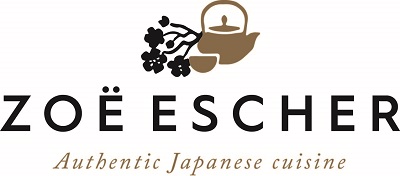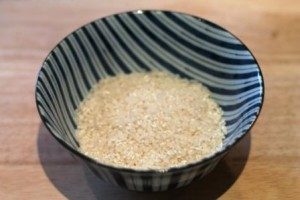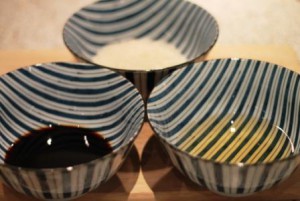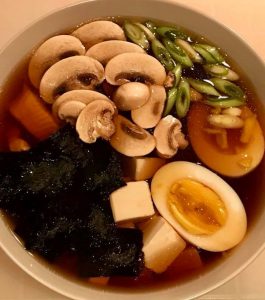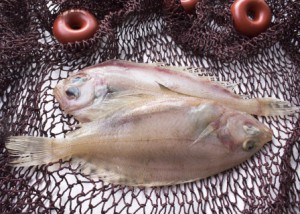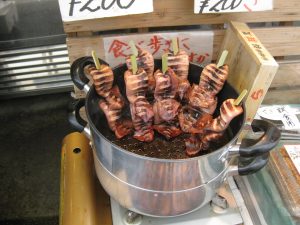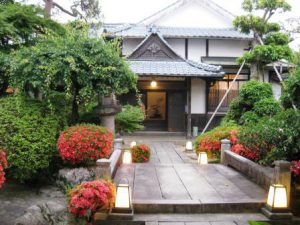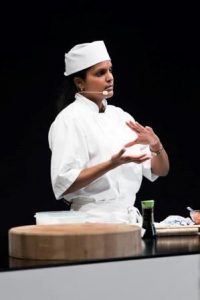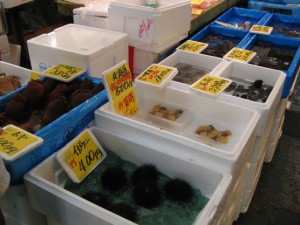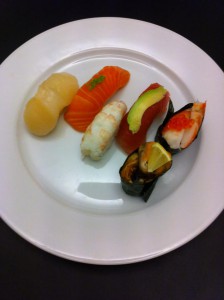
The Japanese cuisine is very very large. There are as many different food styles as the whole of European cuisine combined.
There live approx. 126.5 million people in Japan, all of whom have different taste buds and favorites when it comes to what they prefer to eat. In Japan, there are over 100 different food styles such as sushi, ramen soup, yakitori skewers, tempura and more.
Within each style, the individual restaurants have made their very own interpretation of the food.
Going out to eat in Japan can be quite overwhelming. There are restaurants on every street and the selection of food is very large.
In a country like Japan, there are countless food and eating guides, which are a good reference work. They can give a quick overview of which restaurants are located in the immediate area or the best restaurants in the country.
In the course Traditional Japanese food course for beginners, we throw ourselves over classic Japanese dishes, which are suitable for both everyday life and parties.
You can read more about Traditional Japanese food course for beginners
_
Zoë has lectured and held sushi courses for A. P. Moller – Maersk, Hugo Boss Nordic, Novo Nordisk, Novartis, Velux, Gorrissen Federspiel, Beierholm revision, Elbek & Vejrup and many more.
